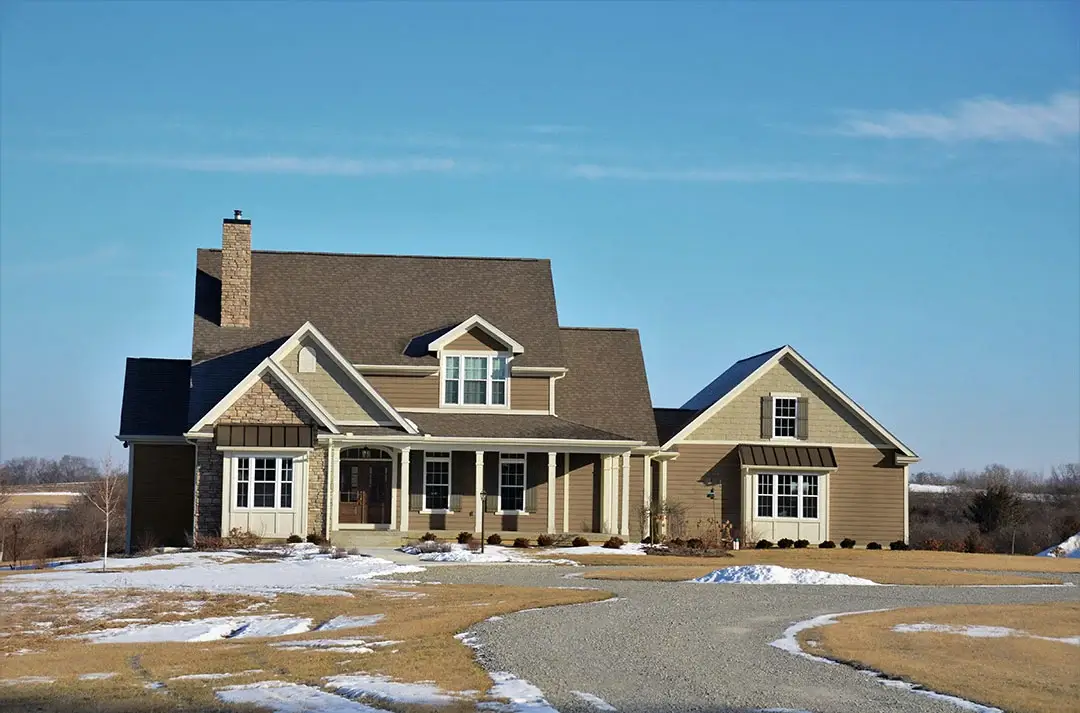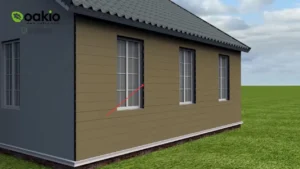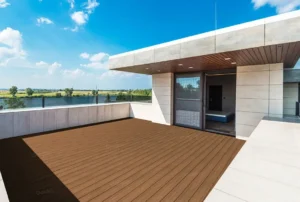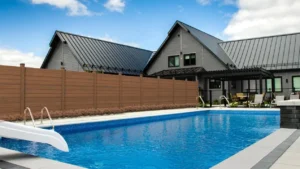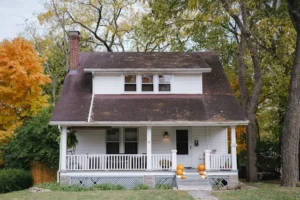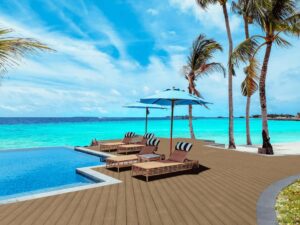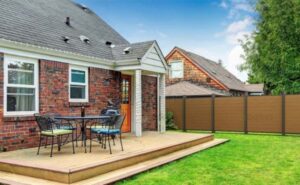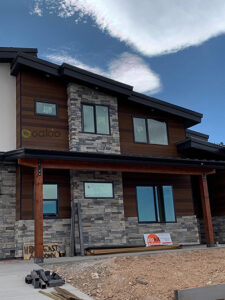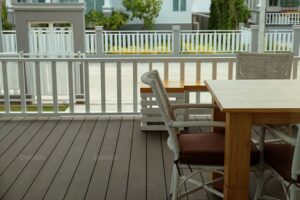Exterior Composite Cladding vs. Traditional Materials
Exterior composite cladding is an innovation in home design and construction. A study conducted at the Iuav University of Venice in Italy explores how composite material technologies are environmentally friendly.
Beyond aesthetics, exterior cladding serves a practical purpose. That is, to protect your property from harsh wind, rain, and other natural elements. It is also applied in home design for insulation and noise control.
Composite exterior cladding is becoming a popular alternative to wood, but what are their differences? This blog will explore these key differences so that you can make an educated choice about your home construction.
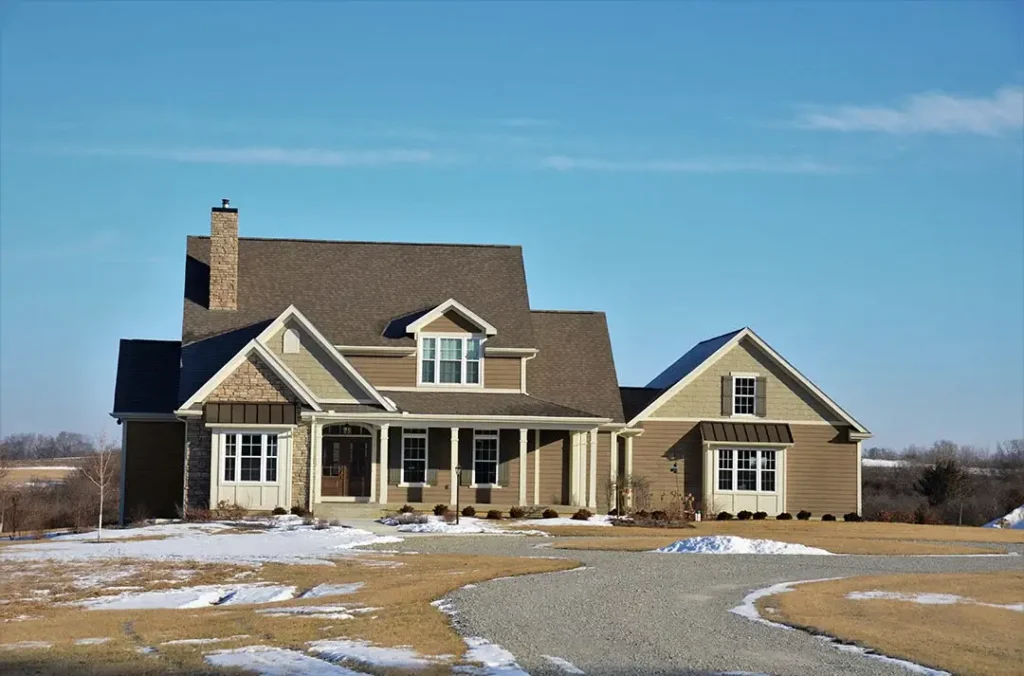
What Are the Key Differences Between Composite and Wood Cladding?
Composite is a material that combines different materials with various physical and chemical properties. The benefits from those two materials work in tandem to provide a balance between their benefits while minimizing negative effects. Composite materials are used for roads, bridges, and buildings, such as a composite cladding exterior.
Composition
Composite cladding usually consists of resin at 35 percent, oak wood fiber at 55 percent, and additives at 10 percent. This combination can allow your property to withstand extreme weather conditions and daily use. Meanwhile, traditional wood cladding consists solely and often of natural timber, which has special maintenance concerns.
Manufacturing Processes
The way these two materials are manufactured also differs. First, composite cladding goes through extrusion, fusing together wooden fibers and recycled plastics into durable panels, such as your exterior composite cladding panels. On the other hand, wood cladding may involve sawing, treating, and finishing.
Oakio’s composite cladding is built to last. The catalog, which consists of Iniwood cladding and Proshield cladding, is designed to impress, requires less maintenance, and offers you the freedom to breathe life into your vision.
Performance and Longevity
Composite cladding is also ahead in terms of performance and longevity. They can withstand the harshest of elements and last for decades. Consequently, wood cladding may deteriorate faster in tough conditions if you choose a cheaper type of wood.
Which Material Offers Superior Durability: Composite Cladding or Traditional Wood Options?
Composite cladding is also suitable against rot, pests, and even fire. The resistance of wood, on the other hand, depends on how much you can invest in it. In particular, the average wood cladding is very susceptible to water absorption, attracting rot and termites, especially if not properly maintained.
Exterior composite cladding can outlast wood and can last up to 25 years or perhaps even longer. Wood cladding cannot last this long with the low-cost materials lasting only up to 15 years and hardwood a maximum of 20 years.
Which Requires Less Maintenance?
Interestingly, the maintenance procedures for composite and wood cladding differ a lot. Take a look:
Composite Cladding Maintenance Needs
Exterior composite cladding generally only needs two maintenance phases. The first is cleaning, which must be done every three to six months using a soft, bristled brush treated with warm, soapy water. Depending on the severity of the dirt, you may sometimes need to hose down the cladding with light pressure. The second is keeping its surface dry from dirt, grime, and mildew. However, it is best to consult with professional cladding cleaners to for more challenging concerns.
Wood Cladding Maintenance Needs
On the other hand, and unfortunately, wood cladding must go through a lot of processes to be spick and span. These are:
- Sealing to protect against moisture and ultraviolet (UV) damage.
- Staining, or painting, to maintain its aesthetics.
- Cleaning to remove dirt, mildew, and mold.
- Inspection to check for cracks, warping, and rot.
- Repair to prevent further damage.
Composite cladding being low-maintenance is among its highlight features, making this a preferred choice among property owners.
Which Offers Better Aesthetics?
While, in terms of durability and maintenance needs, there is a clear winner between the two, composite and wood cladding are going head-to-head when it comes to aesthetics. Composite cladding is available in a wide array of colors, textures, and finishes, complementing various architectural styles. Its versatility in design is evident from its colors, with gray being the most popular for its neutrality.
Apart from wood textures, there are also other textures available, such as brushed metal and glass. Gray, powder-coated effects, stone effects, and brushed are the most common finishes.
Conversely, if you intend to suggest a rustic style and the feeling of timeless charm for your property, wood cladding’s natural grain patterns and warm appearance can add an organic touch. However, this also means you’ll have to maintain it more closely to ensure its longevity.
Overall, composite cladding still beats traditional materials like wood in terms of aesthetics as this also adds value to your property for it being durable and sustainable.
Which of the Two Is Cheaper?
Composite cladding will require is a little pricier than the most common construction materials, but this is no cause for worry. The costs of composite cladding are higher because of the specialized techniques used to manufacture it. Even if the costs are greater, it requires less maintenance and ensures long-term savings.
Lastly, from a resale perspective, the modern look, eco-friendliness, and low maintenance requirements of composite cladding offer higher resale value.
Conclusion
Without a doubt, composite cladding wins over traditional cladding materials such as wood in every aspect discussed above: durability, maintenance, aesthetics, and cost. Yet, the choice will ultimately depend on your personal preferences, such as, for instance, choosing wood over composite if you want your property to exude a more rustic look.
Should you wish to invest in the more modern composite cladding, consider choosing Oakio, a leading innovator in composite wood manufacturing. This WPC manufacturer has been in the industry since 2009, ensuring quality, durability, sustainability, and aesthetics. To learn more about Oakio and score exclusive deals, subscribe now to the official newsletter.
Trending Reading
What Are the Differences Between the WPC Board and PVC Board?
[2024 Update] How Long Does WPC Decking Last?
